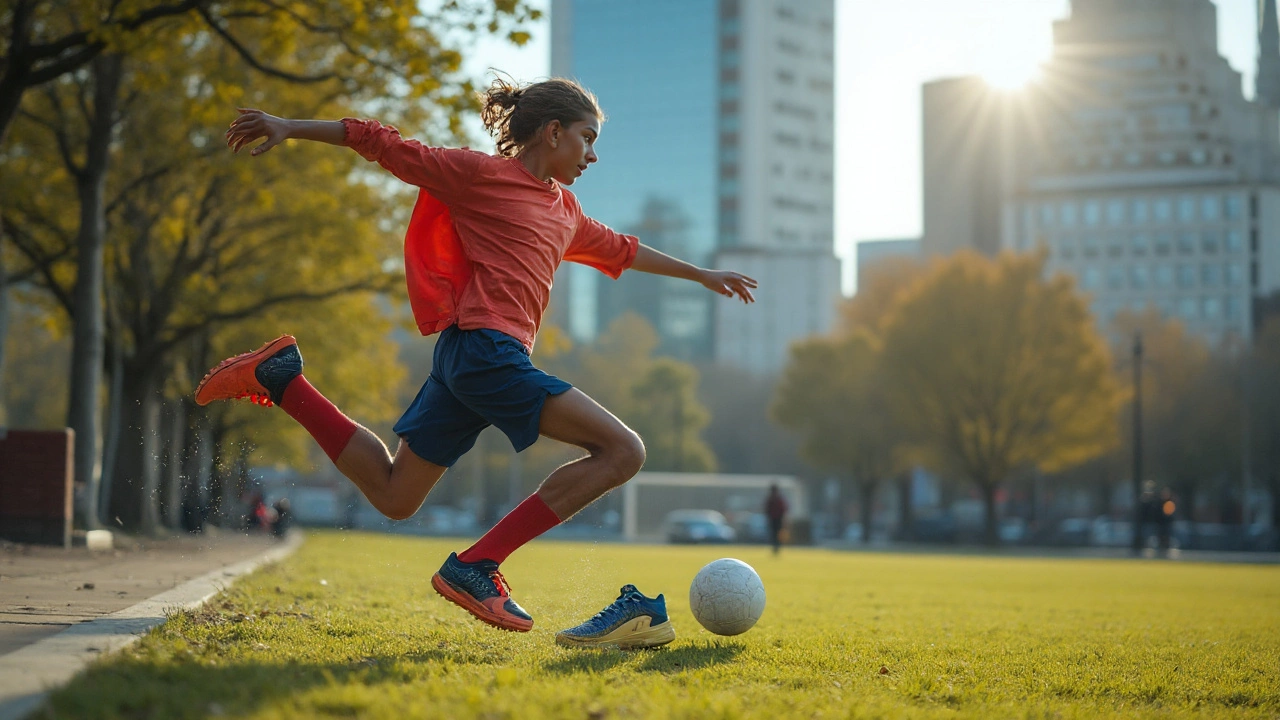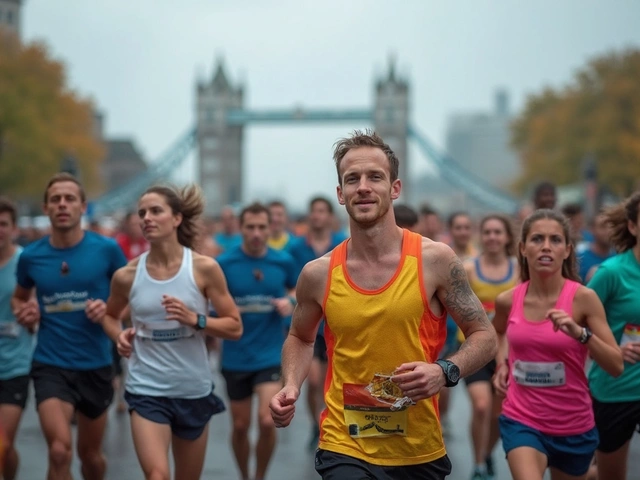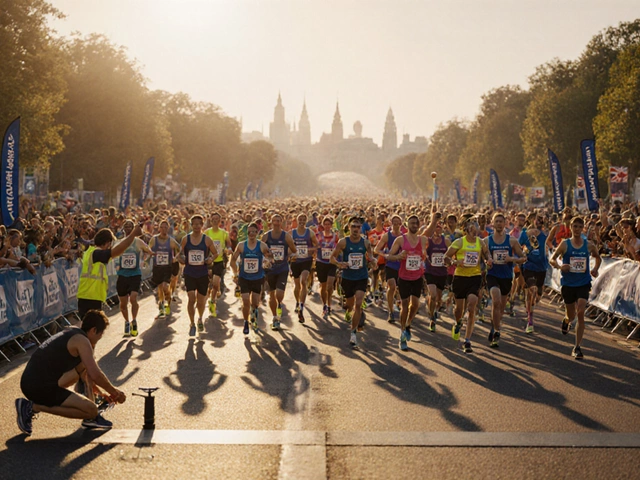Safety in Sports Equipment
When working with Safety in Sports Equipment, the practice of making sure all sport gear meets safety standards and protects participants. Also known as sports gear safety, it helps lower injury risk and keep games fair. This isn't just a buzzword – it’s a daily checklist for anyone who laces up shoes, straps on a helmet, or hands out a bat. Below we’ll break down the key pieces that make safe gear work, why they matter, and how you can apply them right now.
Core Elements That Keep Players Safe
First off, Safety in Sports Equipment encompasses protective gear such as helmets, pads, and mouthguards. These items act as the first line of defense against impact, and their design follows strict equipment standards set by governing bodies. When a league adopts a new standard, coaches must run a risk assessment to see which gear needs an upgrade. The ultimate goal is injury prevention, which drives everything from material choice to fit guidelines.
Think of it like a car safety system: the seatbelt, airbags, and crumple zones each have a purpose, but they only work together when the whole system follows the manufacturer’s safety protocol. In sports, the same logic applies – a well‑tested helmet won’t protect you if it’s the wrong size, and padding won’t matter if the underlying studs are sub‑par. By aligning protective gear with equipment standards, you create a cohesive safety net that catches problems before they turn into injuries.
So how does this play out on the ground? A community soccer league might start the season by checking every player’s shin guards against the latest standard. The league’s safety officer then records any gaps and orders replacements where needed. That simple risk assessment step can shave off dozens of bruises over a season. The same pattern repeats in rugby, cricket, and even less‑contact sports like tennis, where eye protection and proper footwear are essential.
Choosing the Right Gear for Your Sport
Every sport has its own hazard profile, so the gear you need varies. For high‑impact games like football or rugby, helmets and shoulder pads are non‑negotiable. In running, the focus shifts to shoes that meet equipment standards for cushioning and stability, reducing stress on joints. Meanwhile, swimmers rely on goggles that meet leakage and UV protection criteria. Understanding the specific risk profile lets you zero in on the most critical pieces of protective gear.
One practical tip: always look for certifications like CE, ASTM, or ISO on the label. These marks show the product has passed independent testing against recognized standards. If a piece of equipment lacks such a badge, treat it as a red flag and seek alternatives. It’s a tiny step that can make a huge difference when you’re on the field.
Another often‑overlooked angle is fit. Even the best‑rated helmet won’t safeguard you if it sits loose on your head. Most manufacturers provide sizing charts – treat them like a prescription. Take measurements, try the gear on, and move around to ensure it stays in place during activity. A good fit also boosts confidence, which feeds back into better performance.
Maintaining Standards Over Time
Equipment doesn’t stay safe forever. Materials degrade, technology advances, and standards evolve. Regularly schedule a gear audit – a quick visual check for cracks, worn padding, or frayed straps. Replace anything that shows wear, even if it still looks usable. In many leagues, the rule is to retire gear after a set number of seasons or when it reaches a certain mileage.
Keeping records helps too. Log the purchase date, model, and any inspections you perform. When a new safety guideline rolls out, you can quickly see which items need replacement. This proactive approach keeps the risk assessment process smooth and ensures injury prevention stays front‑and‑center.
For coaches and referees, staying informed on updates from governing bodies (like World Rugby or the International Association of Athletics Federations) is crucial. A change in ball pressure limits, for example, may require new gloves for a handball league. Those tweaks often come from data showing fewer injuries after the update – a perfect illustration of how injury prevention drives standards.
Bringing It All Together for Players and Organisers
When you line up protective gear, equipment standards, risk assessment, and injury prevention into a single workflow, you create a safety culture that benefits everyone. Players feel secure, parents trust the programme, and officials can focus on the game rather than policing gear.
Ready to put these ideas into action? Below you’ll find a collection of articles that dive deeper into each piece of the puzzle – from myth‑busting brand claims to step‑by‑step guides on conducting a risk assessment for a youth league. Whether you’re a seasoned referee, a new coach, or an athlete looking to upgrade your kit, the posts ahead give you practical, no‑fluff advice you can start using today.
Explore the range of topics below and discover how to keep your sport safe, fair, and fun for every participant.
Key Properties of Sports Equipment for Peak Performance
Discover what makes sports equipment truly effective—from durability and performance to safety and tech innovations. Get real-world tips and facts about gear.





